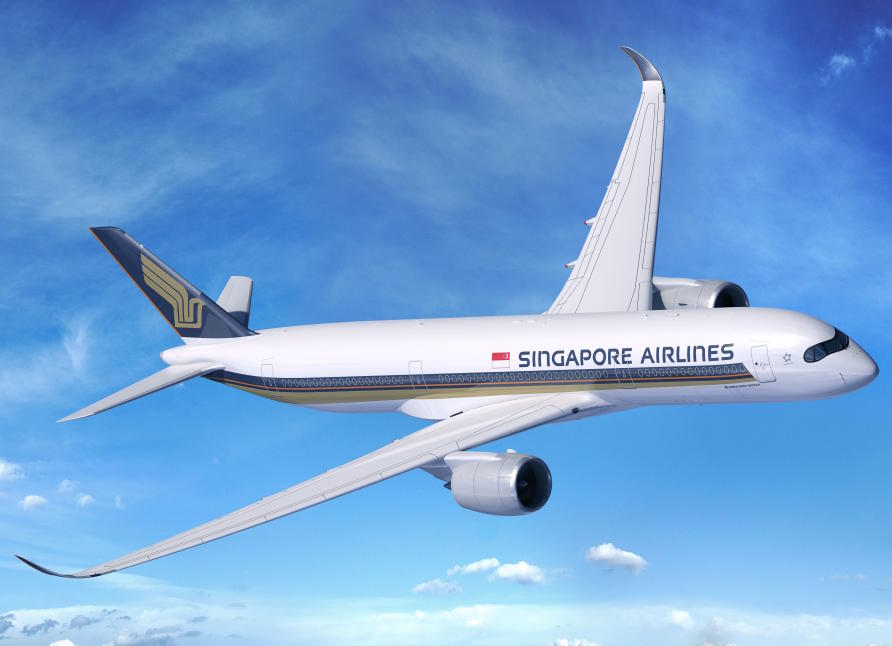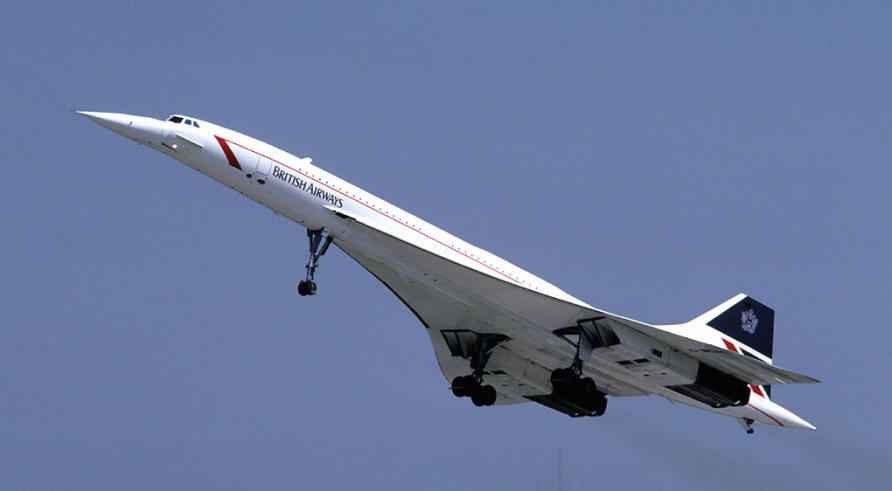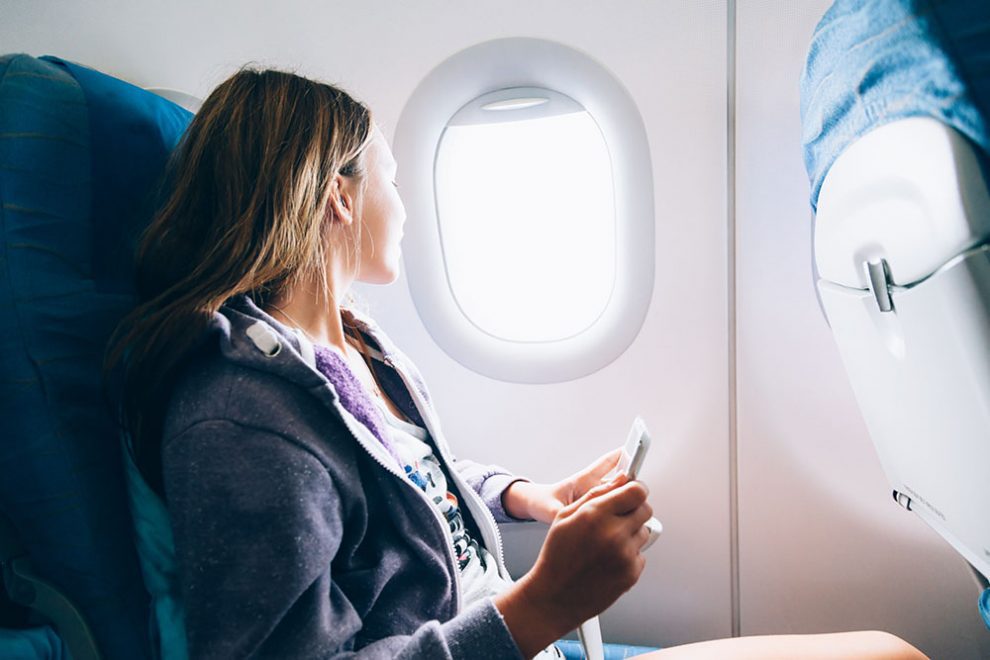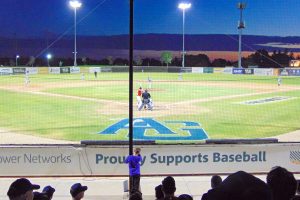Non-stop flights to London may be close for Sydneysiders, but will we ever be able to get there in just a few hours? Catriona May asks the question.
With Qantas scheduled next year to start flying non-stop from Perth to London in 17 hours, the airline has also set its sights on being able to make its prestigious ‘kangaroo route’ – Sydney to London – non-stop too.
Qantas CEO Alan Joyce has issued a challenge to the major manufacturers, Boeing and Airbus, to produce an aircraft capable of flying directly to London from Sydney non-stop by 2022. The proposed 20-hour flight would shave three hours off the route’s current travel time.

The latest offerings from both aviation companies (the Airbus 350-900 ULR and the Boeing 777-8) promise to fly longer distances than previous commercial planes, making Mr Joyce’s challenge, at least to the uninitiated, seem achievable.
But what would 20 hour non-stop flights mean for our wallets and the environment? And can Australians ever look forward to jetting off to Europe for a weekend trip?
We put these questions and more to aero-dynamics expert at the University of Melbourne, Professor Nicholas Hutchins.
Not such a new goal after all
Flying non-stop Sydney to London is not a particularly new goal, says Professor Hutchins. Qantas did it with an empty plane back in 1989 in just under 20 hours.
Since then he says iterative improvements in aircraft design have seen planes become lighter and lighter thanks to new composite materials like reinforced polymers. There have also been improvements in engine and wing efficiencies.
“These improvements have allowed airlines to gradually extend how far they can fly at capacity,” says Professor Hutchins.

Various routes have claimed the title of longest non-stop flight in the world, including Qantas’s Sydney-Dallas route and, more recently, Emirates’ Dubai-Auckland route.
“But if you check the fine print, the provisos are rather alarming,” says Professor Hutchins. “You’re flying so close to the cusp of these planes’ capabilities that if there are strong headwinds or slightly adverse weather conditions, the payload has to be reduced somehow.”
And payload reduction, or reduction in the planes’ maximum weight capacity, means less cargo or fewer passengers. For this reason, Professor Hutchins thinks non-stop flights will remain expensive.
“Non-stop flights are likely to become premium routes because they necessitate a lower payload,” he explains.
The problem with speed
So will we ever be able to fly to London for a weekend? Unlikely, says Professor Hutchins. “Unless there is a complete paradigm shift, like a radical new propulsion system – it’s really hard to imagine.”
“Aircraft speeds haven’t changed for decades,” he says. “In fact, since Concorde was retired in 2003, you could argue they have gone backwards.”
Engineers are working on supersonic (faster than the speed of sound) and, even hypersonic (much faster than the speed of sound) flight. But the speed of commercial aviation is unlikely to rise in the future (because it is just too expensive).

“Because the drag on an aircraft, and hence the fuel required to power it, is proportional to the relative velocity squared, there is a fundamental problem with speed,” says Professor Hutchins.
“There is a huge cost penalty for speed,” he explains. “Even a slight increase means a much larger proportional increase in the fuel required.”
When it comes to mass commercial travel, the imperative is to cater for increasing passenger demand, especially from the rising middle classes of China and India, and that means airlines are under pressure to keep air travel affordable, rather than speeding it up. Industry body the International Air Transport Association is forecasting the number of air passengers to almost double to 7.2 billion in 2035, up from 3.8 billion in 2016.
“To reduce cost, you need to minimise fuel burn by decreasing drag,” says Professor Hutchins. “The best we can achieve is around a ten per cent drag reduction, but just a five per cent increase in speed would immediately swallow up this gain by the additional fuel it requires.”
For those with their hearts set on flying very fast in the near future, their best bet may be to join the air force, or win the lottery. Professor Hutchins predicts hypersonic travel will be the reserve of the military, and supersonic commercial flight will be mainly for the private jets of the very rich.
And then there’s the environment
With environmental imperatives meaning the onus is on airlines to use less, rather than more, fuel, Professor Hutchins suggests we should be reconsidering our drive to get to places faster.
“In a carbon-constrained environment, we have a real problem with energy. The most basic conservation laws of physics say we need to fly slower, not faster,” he says.
The other problem is that non-stop flights use more fuel to cover the same distance as flights that stop, because they have to carry so much fuel in the initial hours of the flight. So, environmentally, it seems to makes more sense to fly shorter distances and stop, says Professor Hutchins.
“Maybe we just need to accept taking our time to get somewhere.”
“This article was first published on Pursuit. Read the original article.”





















Add Comment